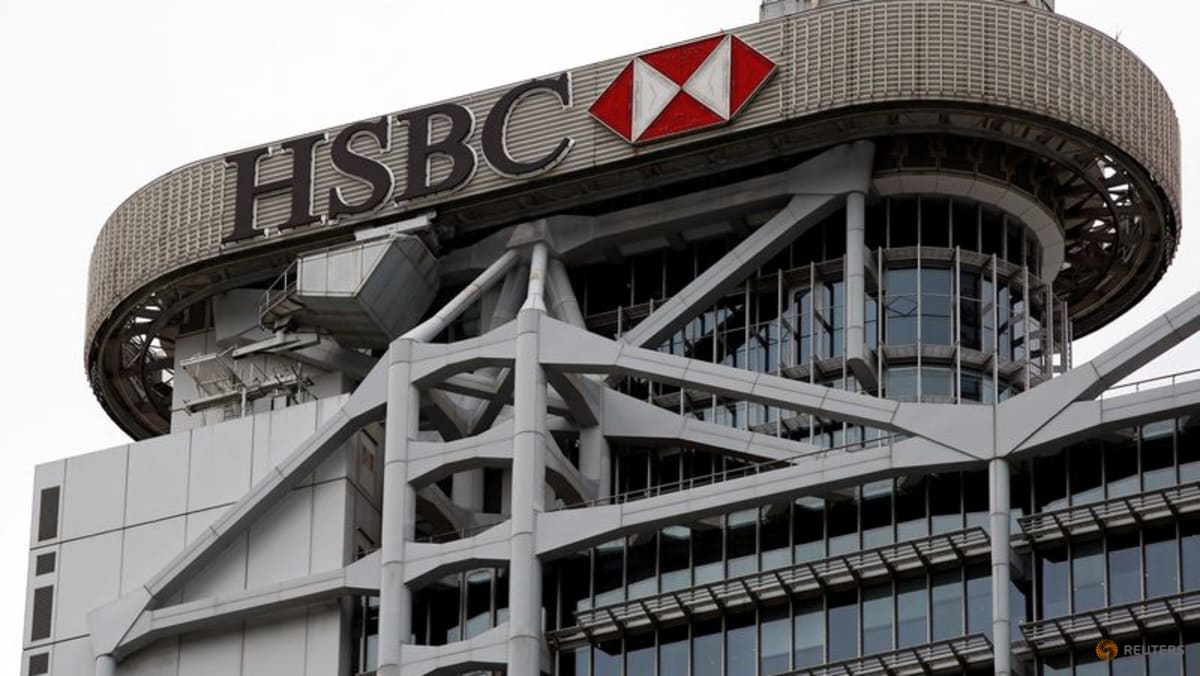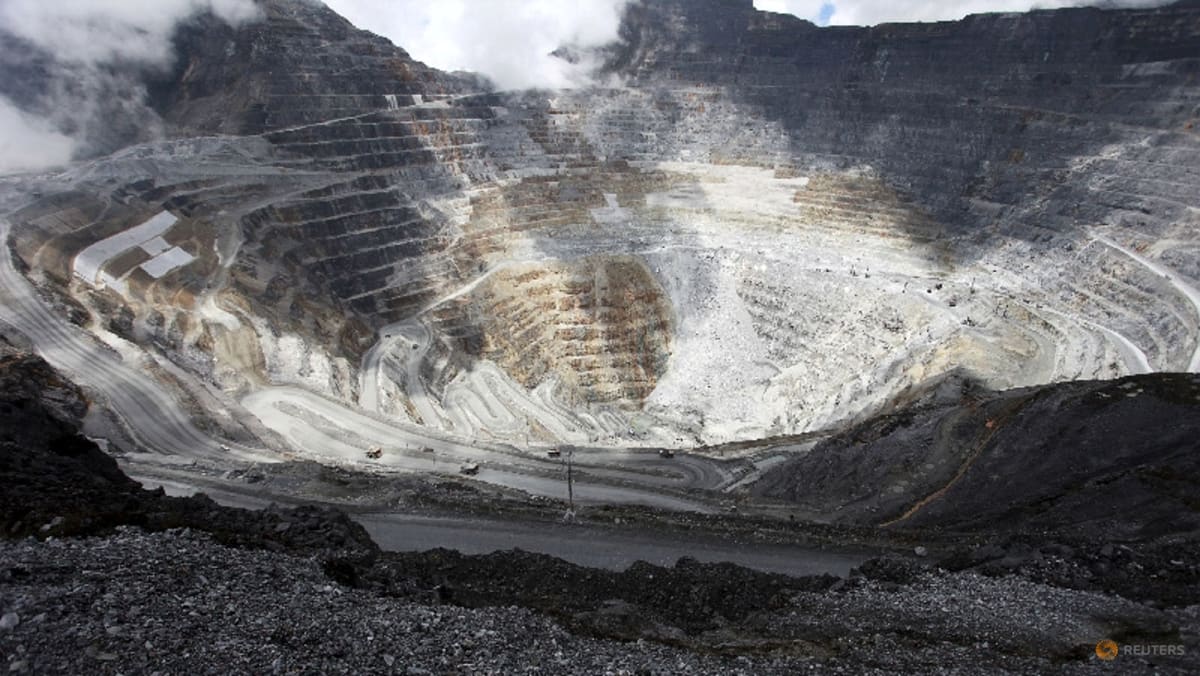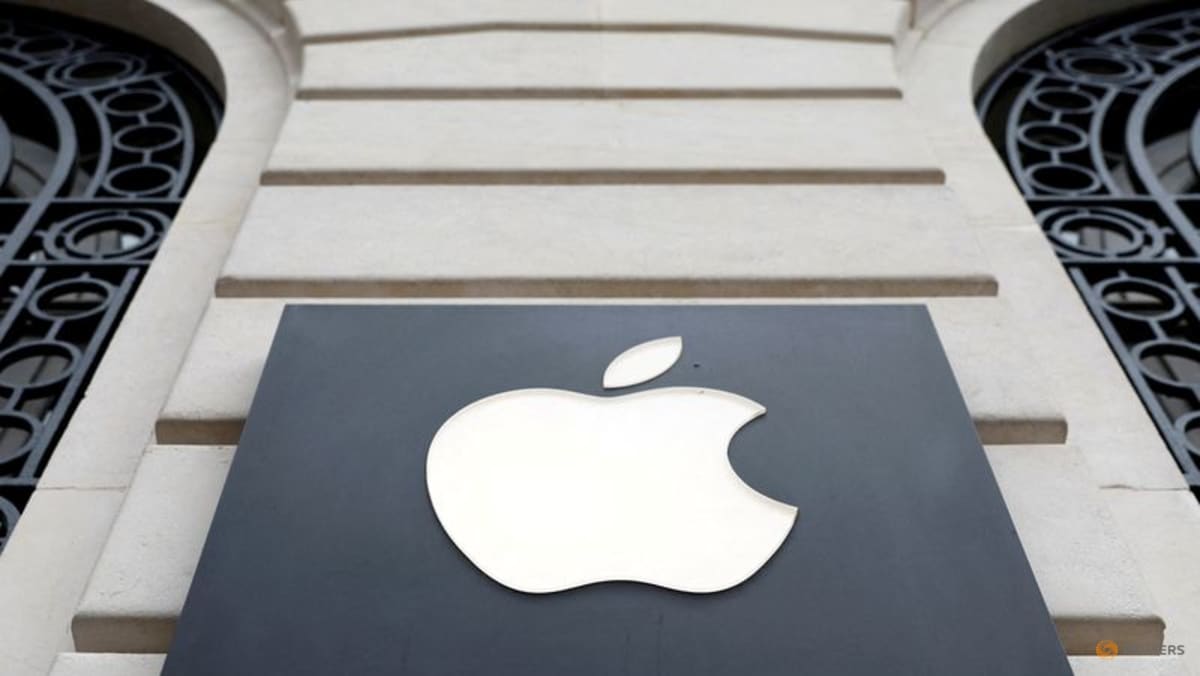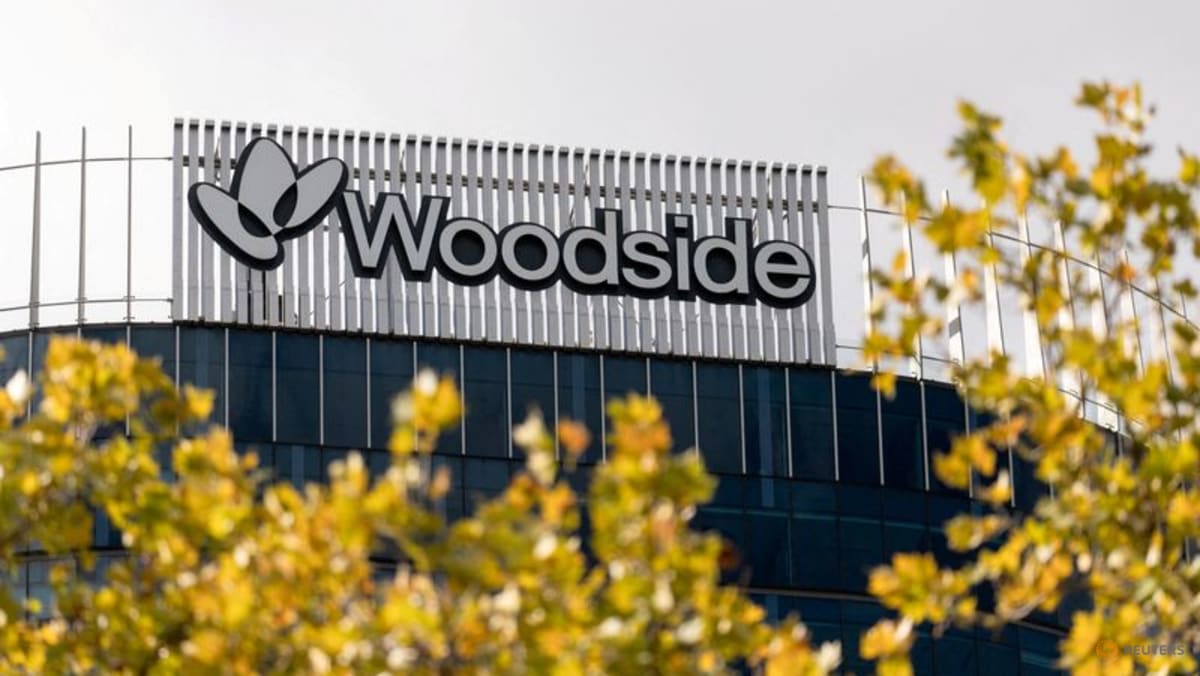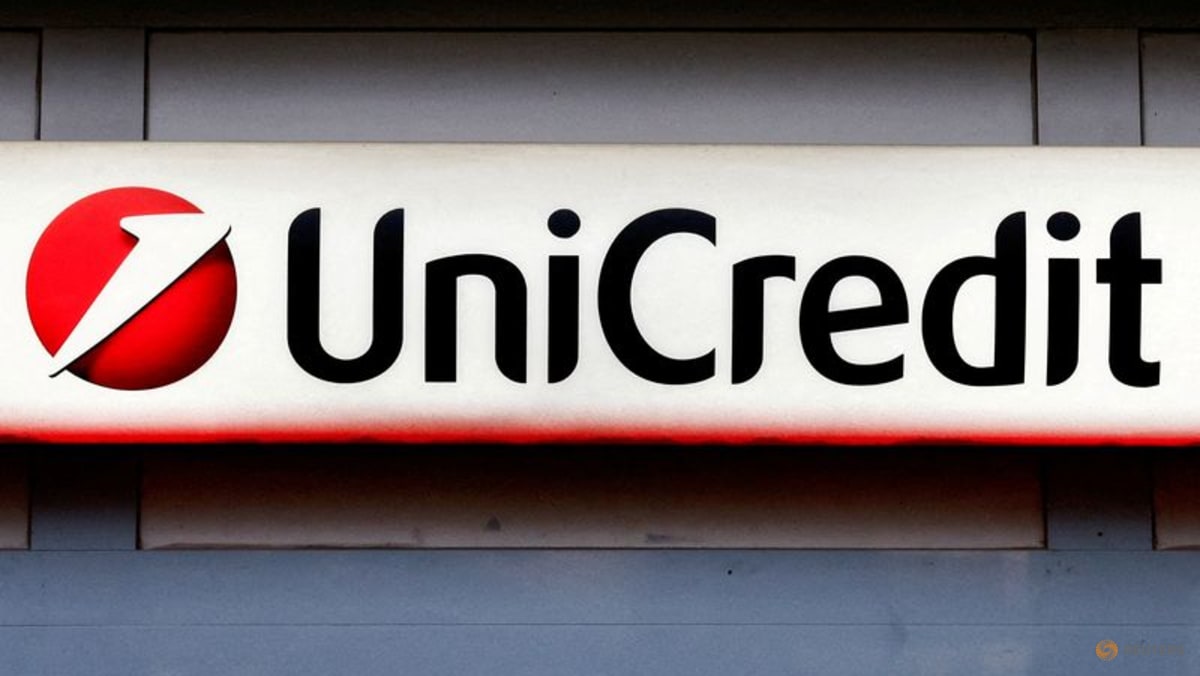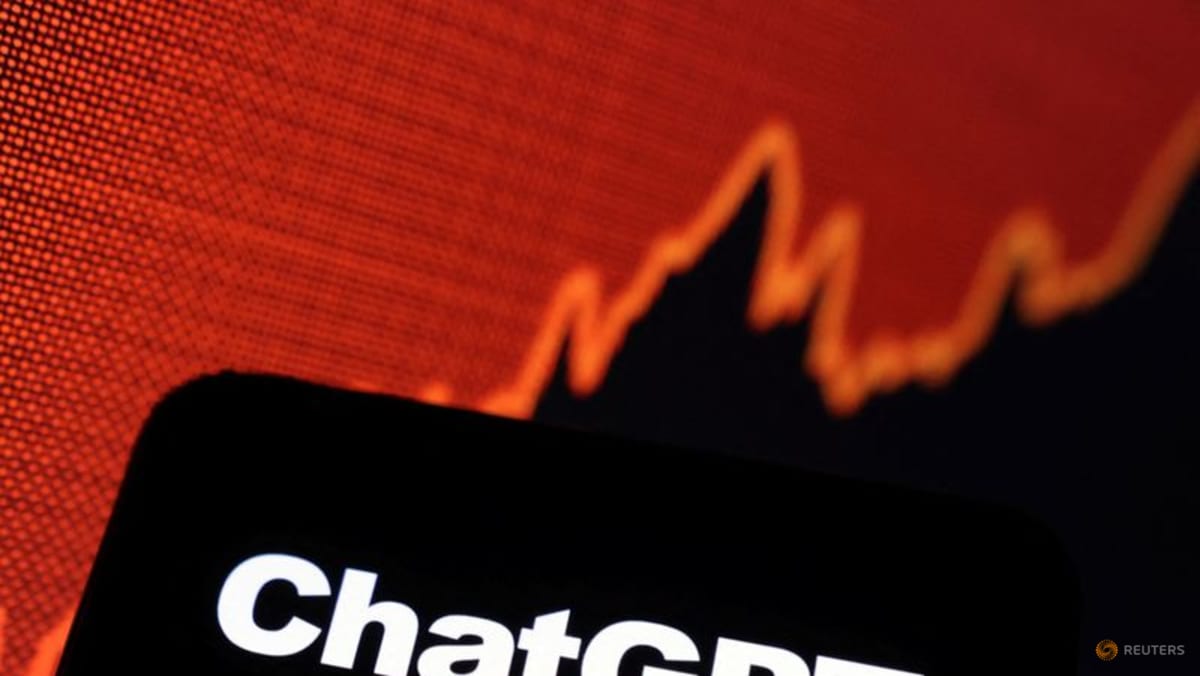Goldman Sachs lowered on Thursday its global copper mine supply forecast for 2025 and 2026 following a disruption at Indonesia’s Grasberg, the world’s second-largest copper mine.
The incident, which occurred on September 8, trapped workers underground due to heavy mud flow, prompting operator Freeport-McMoRan to declare force majeure.
The bank estimates there will be a total loss of 525,000 metric tons of copper mine supply as a result of the disruption, reducing its global mine supply forecast for the second half of 2025 by 160,000 tons and its 2026 forecast by 200,000 tons.
Grasberg’s production is now expected to fall by 250,000 to 260,000 tons in 2025 and by 270,000 tons in 2026.
The production loss exceeds Goldman’s typical allowances for global supply disruptions, leading the bank to cut its estimates for global mine production growth for 2025 to 0.2 per cent higher than a year earlier, down from a previous forecast of 0.8 per cent, and in 2026 to 1.9 per cent, down from 2.2 per cent.
Freeport said a phased restart and ramp-up of operations at Grasberg may occur in the first half of 2026.
The disruption shifted Goldman Sachs’ 2025 global copper balance from a projected surplus of 105,000 tons to a deficit of 55,500 tons, though 2026 is expected to remain in a small surplus.
Goldman Sachs sees upside risks to its December 2025 London Metal Exchange copper price forecast of $9,700 a ton, suggesting prices could settle in the $10,200-$10,500 range.
The bank reaffirmed its long-term bullish copper price outlook of $10,750 a ton by 2027.
The benchmark three-month copper price on the London Metal Exchange was trading at $10,291.50 a ton by 1243 GMT.
Meanwhile, Citi raised its 0–3 month and fourth-quarter copper price forecasts to $10,500 per ton from $10,000, also due to disruptions at the Grasberg copper mine.
The bank now sees a market deficit of 400 kilotons in 2026 and expects prices to rally to $12,000 per ton over the next 6–12 months in its base case and to as high as $14,000 per ton in a bull case.
Citi has revised its output assumptions for the Grasberg mine to 500kt for both 2025 and 2026, down from previous estimates of 680kt and 774kt, respectively.
As a result, the bank now forecasts global copper mine supply to grow by just 0.1 per cent in 2025 and 1.3 per cent in 2026, compared with earlier projections of 0.4 per cent and 1.8 per cent.


